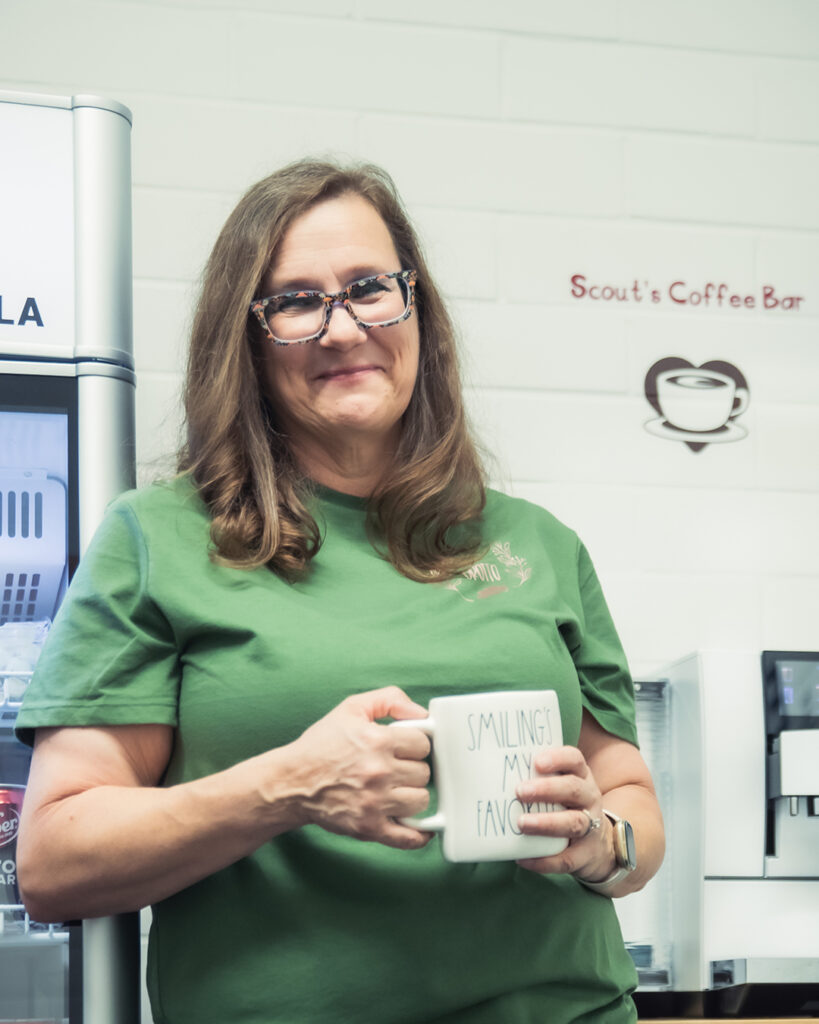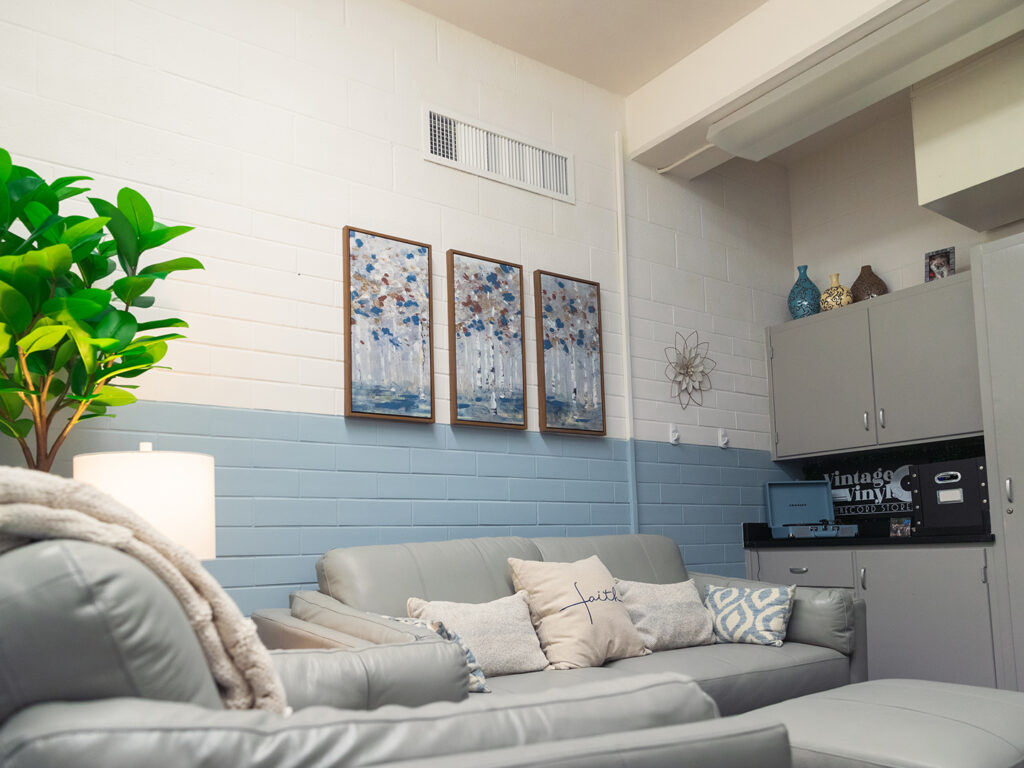Texas A&M Veterinary Medical Teaching Hospital Launches Initiative To Address Mental Health Crisis Among Technicians
Story by Ariel Tesch, VMBS Communications

Photo by Alyssa Moore ’27, Texas A&M College of Veterinary Medicine & Biomedical Sciences
The shortage of veterinarians in the United States has been well reported, but the industry is also facing a looming shortage of veterinary technicians.
Veterinary Practice News reports that by 2030, while the U.S. will need 40,000 veterinarians to meet the needs of the nation’s companion animals, 133,000 vet techs also will be needed.
This shortage is exacerbated by the same issues that affect veterinarians, including student debt, salary, burnout, and suicide rates; a study recently published by the Journal of the American Veterinary Medical Association indicated that 50% of technicians burn out of the profession in their first five years, and those in the field are up to five times more likely to die by suicide than the general population.
To support these critical professionals, the Texas A&M College of Veterinary Medicine & Biomedical Sciences’ (VMBS) Veterinary Medical Teaching Hospital (VMTH) has created a new space that will allow technicians to relax, recharge, and connect with their colleagues while on the job.
The Grotto was developed and designed by Sherri Jerzyk, a veterinary technician in the VMTH’s Sports Medicine & Rehabilitation Service as part of her veterinary social work certificate program, focusing her keystone project on improving veterinary technician mental health. The idea came after she lost three friends in the veterinary technician profession to suicide.
She worked closely with VMBS leadership to create a wellness initiative that offers mental health and stress relief in a space designed to meet the unique needs of veterinary technicians.
“Technicians are the backbone of the veterinary profession, but they are often overworked, underpaid, and undervalued. This can lead to burnout, stress, and even suicide,” Jerzyk said. “It is our hope that by addressing the mental health of veterinary technicians, we can make a positive impact on the entire veterinary profession.”
The new area, which opened Dec. 6, includes comfortable seating, a kitchenette, and a quiet area for reflection. The space is intentionally designed to provide sanctuary for stress relief and recovery from mental and physical exhaustion, as well as an area where technicians can seek counsel from the VMTH’s on-site professional counselor, Mike Hawkins.

Photo by Alyssa Moore ’27, Texas A&M College of Veterinary Medicine & Biomedical Sciences
“It makes me feel really good to know that people associated with the hospital and clients of the hospital want to make sure that we have a place to go when we are feeling overwhelmed or just need a break,” said Hannah Langenkamp, a veterinary technician in the VMTH’s Emergency & Critical Care Service. “It’s amazing to know that there are so many people who care about the well-being of technicians.”
“The space is pretty incredible,” added Austin Weger, a veterinary technician in the VMTH’s Orthopedics Service. “It’s obvious that a lot of time and effort went into it. It’s unreal to me — the amount of time and effort that Sherri put in, as well as the donors and administrators who helped set this up.”
When Jerzyk began developing the idea for the Grotto, she sought to determine if a space like this existed and was unable to find any other veterinary teaching hospital or practice offers this kind of refuge for its support staff.
“Wellness and well-being are among the top priorities of the College of Veterinary Medicine & Biomedical Sciences,” said Dr. Stacy Eckman, VMBS associate dean for hospital operations and VMTH chief executive officer. “We believe the Grotto will make a real difference in the lives of our veterinary technicians, while creating a more supportive and compassionate work environment that will help to reduce stress and improve mental health. It is our hope that other practices follow our lead and create their own wellness space for their technicians.”
###
For more information about the Texas A&M College of Veterinary Medicine & Biomedical Sciences, please visit our website at vetmed.tamu.edu or join us on Facebook, Instagram, and Twitter.
Contact Information: Jennifer Gauntt, Director of VMBS Communications, Texas A&M College of Veterinary Medicine & Biomedical Sciences, jgauntt@cvm.tamu.edu, 979-862-4216


